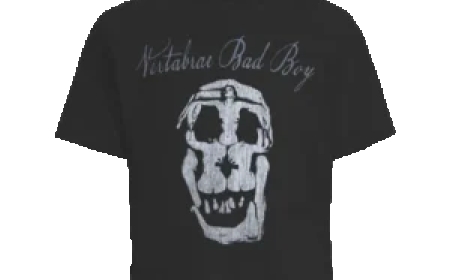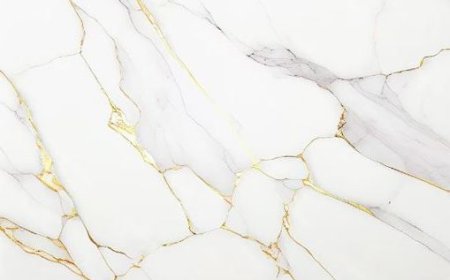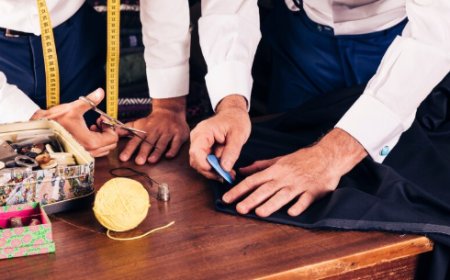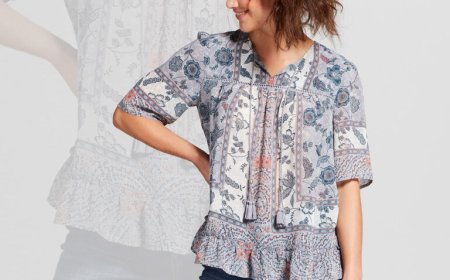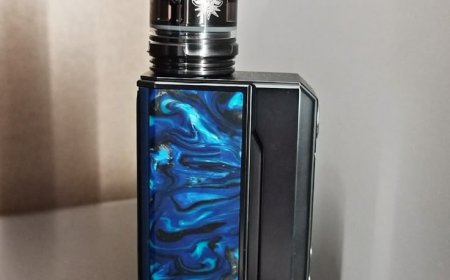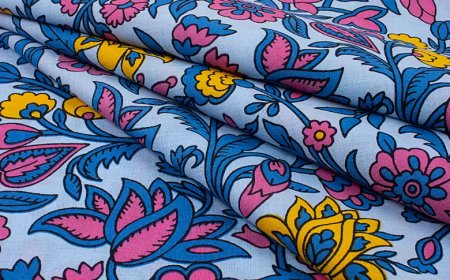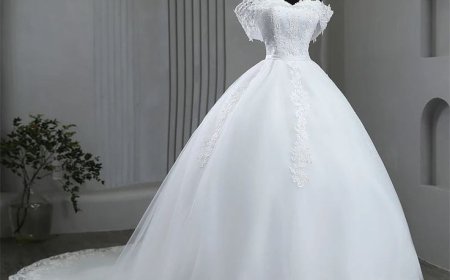Indigo Print Fabric: The Timeless Art of Handcrafted Elegance
Indigo print fabric is more than a textile—it is a symbol of heritage, sustainability, and artistic excellence.
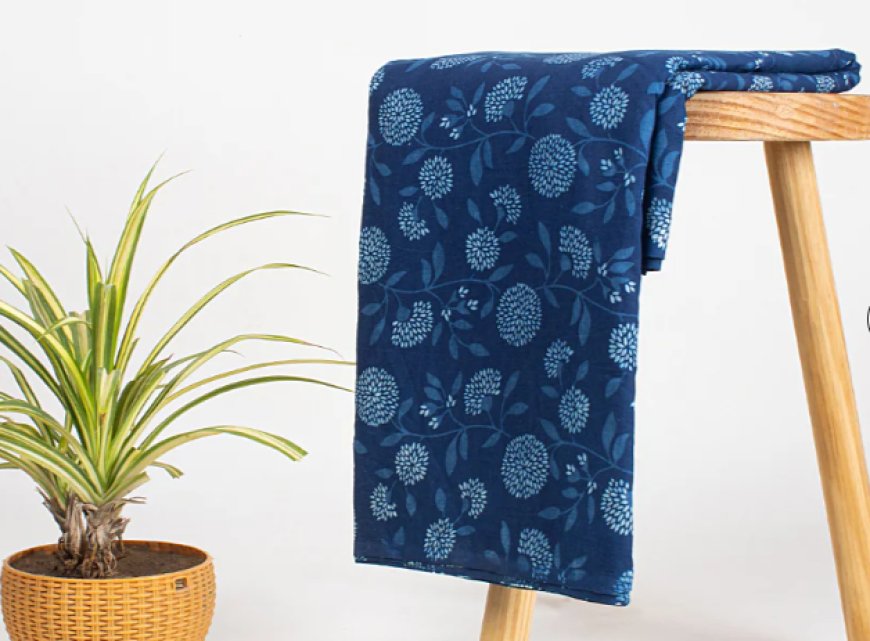
Indigo print fabric represents one of the most iconic and enduring textile traditions in the world. Recognised by its deep blue hues and distinctive patterns, indigo-printed textiles carry centuries of cultural heritage and artisanal craftsmanship. Derived from the natural indigo dye, this fabric has been used in garments, home dcor, and ceremonial attire for generations.
The indigo dyeing process, often associated with regions like India, Japan, and West Africa, involves fermenting the indigo leaves and applying the dye using traditional hand-block or resist printing techniques. This creates intricate patterns that reflect local traditions, nature, mythology, and storytelling.
The History and Cultural Significance of Indigo Printing
The roots of indigo printing can be traced back thousands of years. In India, the art of Dabu printing and Bagru printing, both utilising indigo, has been practised for centuries in Rajasthan. These time-honoured techniques involve using mud as a resist to block parts of the fabric from absorbing the dye, resulting in stunning motifs and repetitive geometric forms.
In West Africa, indigo-dyed cloth known as adire is traditionally made by Yoruba women using resist dyeing techniques with cassava paste. Similarly, Japanese shibori uses folding, twisting, and binding methods to create tie-dye-like patterns with deep spiritual meaning.
Each culture has imbued indigo print fabric with symbolic valuepurity, prosperity, protection, and even spirituality.
How Indigo Dye is Made: A Natural Alchemy
Natural indigo dye is extracted from plants such as Indigofera tinctoria. The process begins with:
-
Harvesting the leaves
-
Fermenting them in water to create a blue paste
-
Mixing with alkaline substances like lime
-
Reducing the dye to a soluble form
When applied to the fabric and exposed to air, the indigo oxidises and turns a brilliant blue.
The art of preparing indigo dye requires patience, knowledge of chemistry, and perfect timing. Only skilled artisans can achieve the rich and colourfast tones that indigo is famous for.
Traditional Printing Techniques on Indigo Fabric
Several printing methods have been perfected over centuries to decorate indigo-dyed textiles:
1. Block Printing
Wooden blocks intricately carved with floral, paisley, or geometric designs are dipped into the dye and pressed onto fabric. Regions like Bagru and Sanganer are world-renowned for their indigo block print fabrics.
2. Dabu Printing
In this resist technique, a mud paste is applied to the fabric in a pattern. When dyed in indigo, the mud-covered areas resist the dye, leaving them white or the base colour. After drying and washing off the mud, the designs appear with stunning clarity.
3. Shibori
This Japanese method involves folding, pleating, or binding the fabric before dipping it into indigo dye. It produces unique, almost tie-dye-like patterns with complex gradations of blue.
4. Batik
Hot wax is used as a resist on the fabric surface before indigo dyeing. The waxed parts do not absorb the dye, and the design appears after the wax is removed.
Each method produces one-of-a-kind results, making every piece of indigo print fabric a work of art.
Why Indigo Print Fabric Remains in Demand
1. Timeless Aesthetic Appeal
The deep, rich shades of blue paired with handcrafted patterns offer a rustic yet sophisticated look that never goes out of style. Whether used in fashion, upholstery, or accessories, indigo-printed textiles make a statement.
2. Eco-Friendly and Sustainable
Natural indigo is biodegradable and non-toxic. Hand-printing and dyeing methods use less energy and water compared to industrial processes, making them environmentally sustainable.
3. Culturally Rich and Artisan Made
Buying indigo print fabric supports local artisans and keeps ancient textile traditions alive. Each meter of fabric tells a story rooted in generations of skill and heritage.
4. Versatility Across Applications
Indigo print fabric is widely used in:
-
Garments: Kurtas, sarees, shirts, scarves, dresses
-
Home Dcor: Curtains, cushion covers, tablecloths, quilts
-
Accessories: Bags, belts, shoes, pouches
Its soft hand-feel and breathable quality make it ideal for all climates.
Popular Indigo Print Fabric Styles and Patterns
Floral motifs, paisleys, mandalas, abstract shapes, and tribal designs dominate traditional indigo prints. Some of the most loved styles include:
-
Ajrakh Prints: Originating from Gujarat, featuring symmetrical and geometrical motifs
-
Bagru Prints: Rustic patterns with black, red, and blue combinations
-
Dabu Prints: Earthy designs with repeated block motifs
-
Contemporary Indigo Prints: Modern designers reinterpret classic indigo in minimalistic patterns and chic silhouettes
These patterns are often aligned with seasonal collections, keeping them fashionable throughout the year.
How to Care for Indigo Print Fabric
Proper care extends the life of indigo-printed textiles:
-
Wash separately in cold water the first few times.
-
Use mild, non-bleach detergents.
-
Avoid direct sunlight when drying.
-
Hand washing is preferred over machine washing.
-
Iron on the reverse side
Because natural indigo can bleed slightly at first, its important to pre-soak or rinse to stabilise the colour.
Where to Buy Authentic Indigo Print Fabrics
Authentic indigo print fabric can be sourced from:
-
Artisan cooperatives in India (e.g., Rajasthan, Gujarat, Madhya Pradesh)
-
Ethical fashion brands promoting slow fashion
-
Online marketplaces with a focus on handloom and natural fabrics
-
Boutique textile stores that specialise in block printing or heritage crafts
When shopping online, check for indicators of handcrafted authenticity, such as:
-
Uneven print edges (a sign of hand-block printing)
-
Slight colour variations
-
Mentions of traditional techniques like Dabu or Bagru
The Modern Revival of Indigo Print
Fashion designers and interior decorators worldwide are embracing indigo for its organic feel and cultural richness. Contemporary fashion houses incorporate indigo fabrics into their eco-conscious collections, while interior designers use them to add bohemian elegance to modern spaces.
Even luxury labels have revived indigo textiles in recent runway shows, making it not just a tradition but a trendsetting material.
Conclusion: The Legacy of Indigo Print Lives On
Indigo print fabric is more than a textileit is a symbol of heritage, sustainability, and artistic excellence. As the world leans toward mindful consumption and sustainable fashion, the value of handcrafted indigo fabrics continues to rise.
From ancient artisans to modern runways, this fabric has stood the test of time, adapting yet staying true to its roots. Whether you're a designer, collector, or conscious consumer, indigo print fabric offers both aesthetic charm and ethical value.









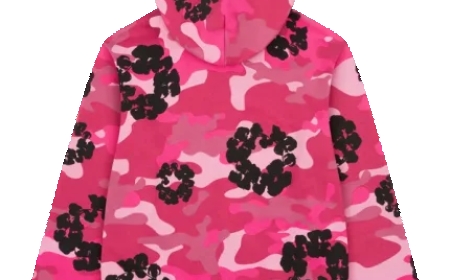






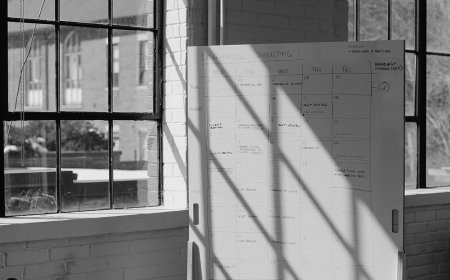

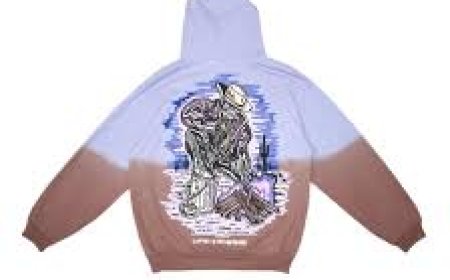

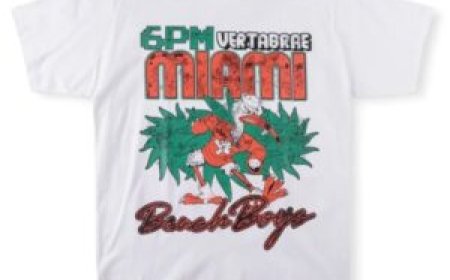
![Top 11 Real Estate Mobile App Developers in Riyadh, Saudi Arabia [2025 Edition]](https://www.philadelphialivenews.com/uploads/images/202506/image_430x256_68621a9e48997.jpg)







